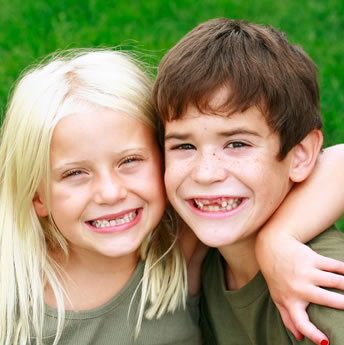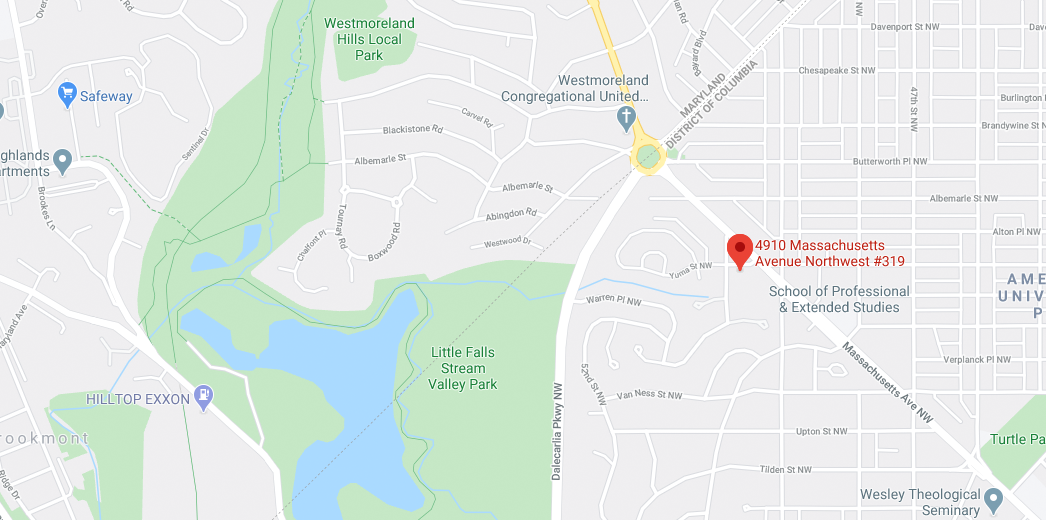Kindness Today Matters for Dental Health Tomorrow
June 21st, 2021

By Dr. Negaar Sagafi
After moving to the United States from Iran, my family settled in Massachusetts where Henry David Thoreau was born, raised, and wrote Walden. Thoreau said, “Kindness to children. Love for children. Goodness to children … These are the only investments that never fail.”
Every visit to my office is an investment. Not only because the time I spend with my patients will result in a healthier smile, but because compassionate care will form lifetime opinions about the importance of dental health and my profession.
Taking a few extra seconds to connect with a child matters.
We know an appointment with the dentist is anxiety-producing. A visit with the orthodontist can be even more so. As a result, according to a 2018 DentaVox survey, 61 percent of the Americans say they suffer from dental fear. Four percent said they were so afraid that they have never seen a dentist. These patients will be more likely to suffer from ill health.
As clinicians, it is imperative that we act with empathy.
I find that children’s anxiety disappears quickly when my staff and I connect what we are doing to their teeth to their unique interests.
This task is pretty easy when I’ve got patients who are excited about math, science, or the arts. For one very young patient, I simply talked explicitly about what tooth number I’m referring to and ask them to count along with me. For students interested in physics or technology, I discuss in detail how BRIUS uses artificial intelligence to help move teeth. With one teenage patient, we’ve gotten so deeply into the details that she’s interested in an internship! I hope the time we’ve spent together not only encourages her to pursue a medical degree, but to become an empathetic practitioner.
For my chess-loving patients, we focus on strategy. If I do this on the top row of teeth, how is that going to impact what’s happening on the bottom, or even their bite? And, trust me, if your child loves history, I can go way back! Did you know, for example, that the Etruscans (who lived outside of what we now know as Rome) are responsible for some of the earliest orthodontics?
My staff and I also just ask a lot of questions. I always try to remember what the Spanish cellist Pablo Casals said. He told children, “You are a marvel. … There has never been another child like you. Your legs, your arms, your clever fingers, the way you move. You may become a Shakespeare, a Michelangelo, a Beethoven. You have the capacity for anything.”
Whether it is music, athletics, or academics, our patients have the potential to become anything. Simply asking kids to describe what they’re up to — what makes them smile! — is a great way to make anxiety disappear and to put them on a path toward a lifetime of good dental health.
Dentists and orthodontists also need parents’ help in our efforts to reduce dental fear.
According to a 2015 survey of parents with children 12 and under, 48 percent said they are nervous themselves about going to the dentist. It was no coincidence, then, that roughly the same number of children (47 percent) said they were nervous. As Dr. Bill Kohn, Delta Dental Plans Association’s vice president of dental science and policy, said, “It’s easy for kids to pick up on their parents’ anxieties … so parents should try to stay positive when talking with their children about dental visits.”
Parents must remain relaxed.
Especially since we’re actually seeing increased anxiety lead to dental problems. In an ironic and painful twist, while anxiety can keep people away from the dentist and orthodontist, it also can drive them to us. According to a ADA Health Policy Institute study, in February 2021 more than 70 percent of dentists said they have observed an increase in the number of patients experiencing stress-related teeth grinding and clenching. That number is up from just under 60 percent in the fall of 2020.
Americans are more anxious than ever. For the sake of their long-term health, we need to make a greater effort to connect with kindness.





















